Tucked away in the green mountains of Syria, far from the busy cities and modern life, there’s an ancient place that feels like stepping into a different world. Huge stone walls rise from the earth, quiet and powerful, telling stories of gods, kings, and lost rituals. This is the Fortress of Solomon—Hosn Suleiman in Arabic—one of the largest and most mysterious temples in the region.
Built nearly 2,000 years ago by the Phoenicians and later used by the Romans, this mountaintop site was once filled with prayers, incense, and grand ceremonies. Today, its ruins still stand strong, waiting to share their secrets with anyone willing to make the journey.
The Gods of Thunder and Fertility
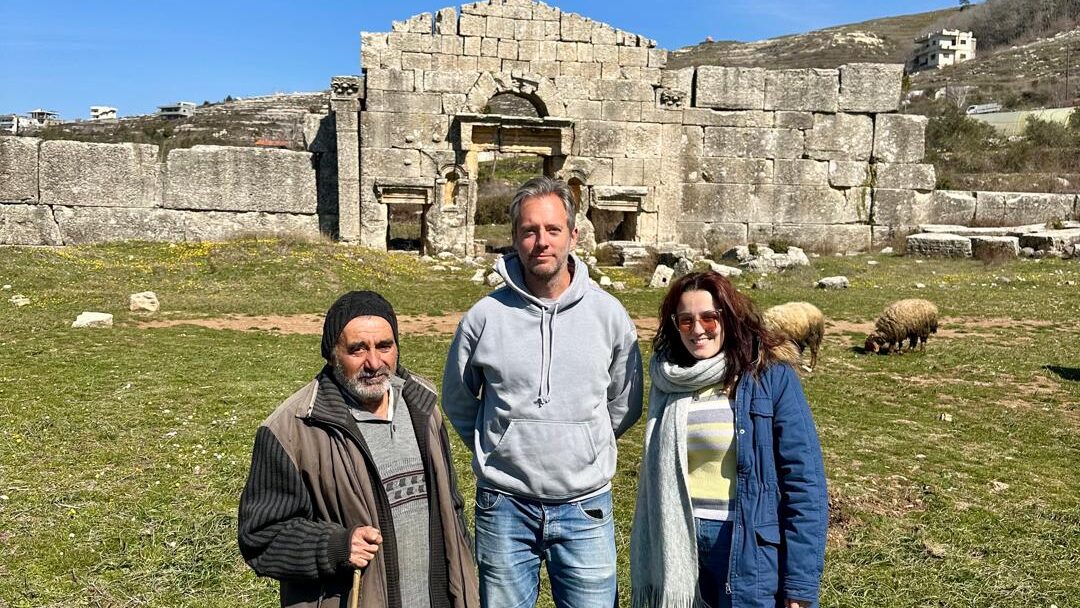
The people who built this magnificent structure were the Phoenicians—seafaring people from the island of Arwad. They dedicated this sacred space to Baal, the mighty god of thunder and rain (think of him as the ancient, Phoenician version of Zeus), and Astarte, the goddess of love and fertility. Picture the grand rituals held here: the scent of incense swirling in the air, the chant of priests, and the sound of thunder booming in the sky as offerings were made to the gods. The temple was a true spiritual playground, where divine forces were called upon to bless the land with fertility and abundance.
The Temple’s Location and History
This ancient site isn’t just any place—it’s located 30 km from the coast and about 50 km from the lively city of Tartus. Built atop the majestic Mount Arados, in a village called Yethkhekh, the temple was constructed during the 2nd and 3rd centuries AD—and this place has certainly stood the test of time! The site holds a unique place in history, from grand Roman celebrations to the quiet whispers of ancient gods, continuing to echo well into the Christian era during the 4th century.
The Temple’s Rebirth and Its Legendary Origins
Interestingly, this wasn’t the first temple to stand atop Mount Arados. The original structure was an even older sacred site, dating back before Roman influence. The legend goes that Seleucus Nicator, a mighty king, stepped in to rebuild it in honor of Baal-Zeus and called it “Beit Kheikhi Zeus”. This place truly came to life under the Romans, especially in the 2nd century during the reign of Emperor Severus. And even after the rise of Christianity, people continued to worship here, blending pagan and Christian beliefs in this sacred space.
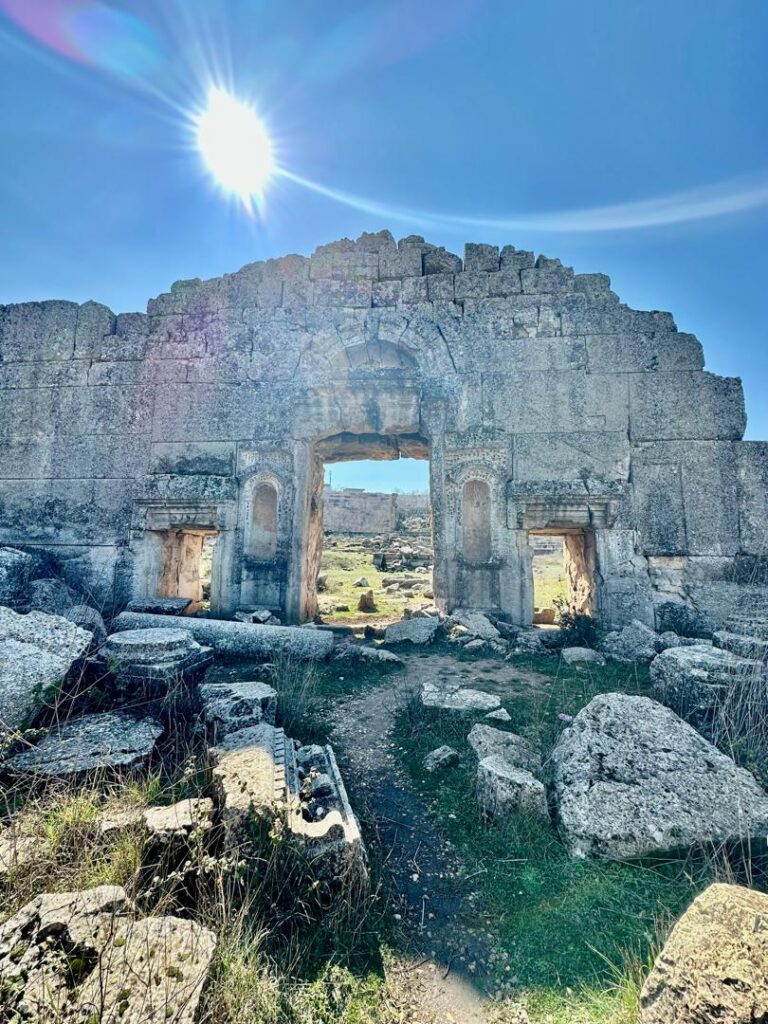
The Spectacular Temple and Its Treasures
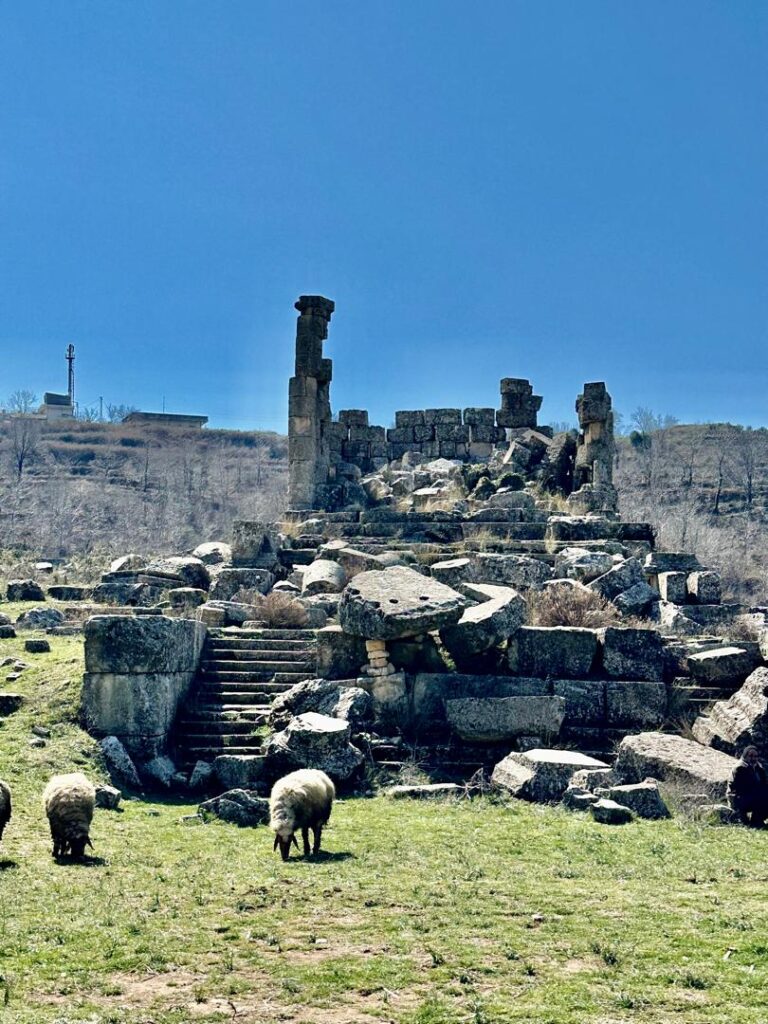
This temple was a monumental structure—huge and awe-inspiring. It measured 144 meters long and 90 meters wide—a vast temple that dominated the landscape. Its walls, made from massive stones, some as long as 10 meters, were built to last centuries. Imagine how strong those walls must have been, holding secrets and rituals for ages. The temple had four grand gates, each adorned with carvings of eagles—symbols of power and protection. These eagles weren’t just decorative; they watched over the temple for centuries, guarding the sacred space.
Inside, there was an altar that could send chills down your spine. The Romans added their touch in the 3rd century, using the foundations of the old temple to create a new, more impressive structure. The entrance was located on the north side, with a grand staircase leading up to the temple, where priests and worshippers would ascend to perform ceremonies. Imagine walking up those stairs, feeling the weight of centuries of worship behind you.
Hidden Sanctuaries and Sacred Caves
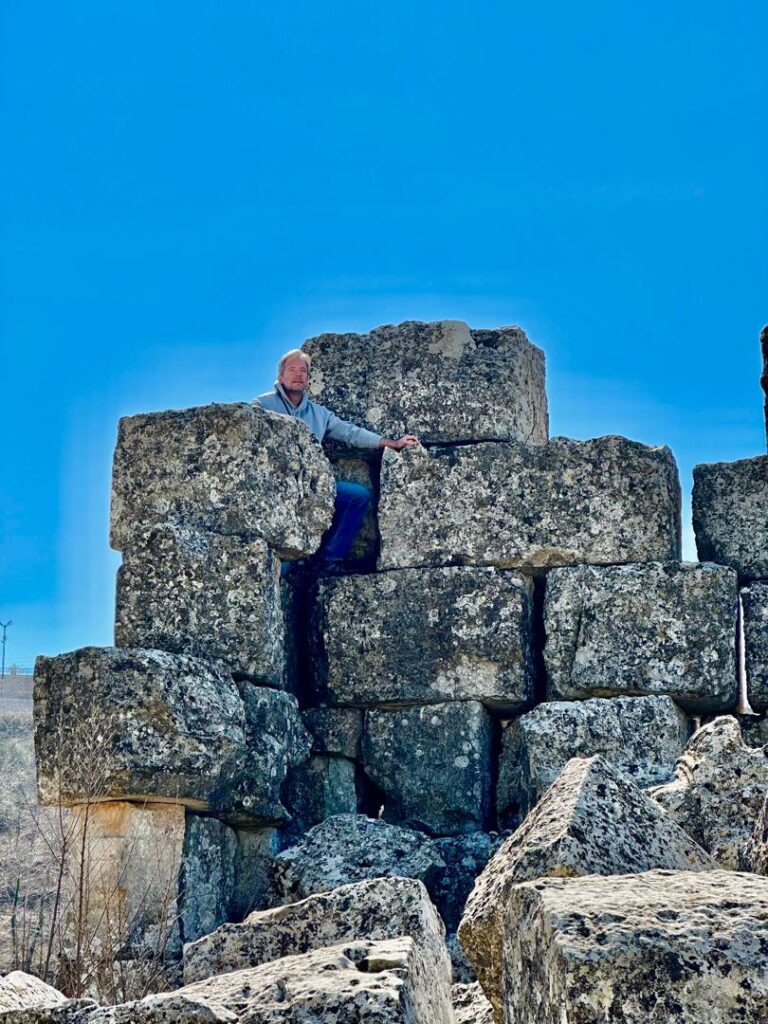
The temple wasn’t just a single building; it had hidden surprises. Inside, priests would perform rituals at the altar, where offerings were made to appease the gods. And here’s where it gets mysterious—there was a secret cave, possibly used for the most sacred and private of ceremonies. This cave could have been where high priests communed with the gods themselves, performing mystical rites far away from the public eye.
To the north of the temple, you’ll find the ruins of a monastery, complete with a small temple, columns, and even a decorated portico. It’s a reminder that the site wasn’t just a place of pagan worship—it later became an important religious center for Christian monks as well. And don’t forget the Nymphaeum—a water shrine dedicated to nymphs. While no spring of water was found, just imagining the nymphs of Greek mythology coming to life here is enough to give the place an enchanted air.
The Lost Treasures of the Temple
Archaeologists have uncovered treasures in this sacred place—gold and silver bracelets, earrings, and even coins that tell the story of its past. One of the most fascinating finds was a tombstone with Greek writing, showing how different cultures left their mark on the temple over time.
A Place Where Gods and Humans Met
The Fortress of Solomon wasn’t just a structure—it was a sacred bridge between the divine and the mortal. It was here that people gathered to seek favor from Baal and Astarte, offering prayers, sacrifices, and devotion. The temple bore witness to the rise and fall of civilizations, from Phoenicians to Romans, from pagans to Christians, each leaving their mark on this sacred mountain.
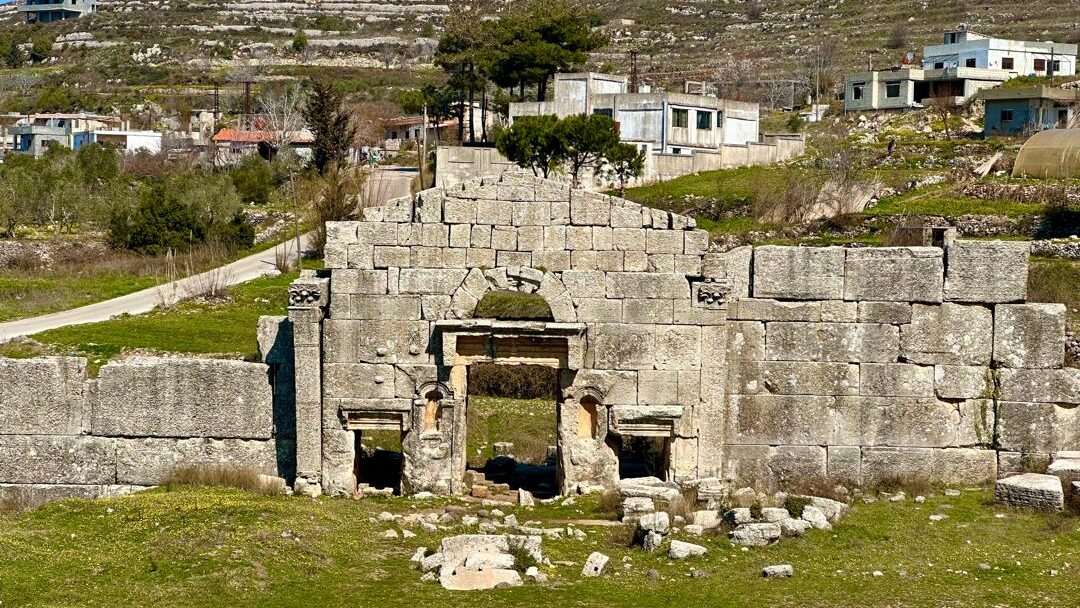
The Legacy of Hosn Suleiman
Today, the ruins of this ancient sanctuary still stand, inviting travelers to walk in the footsteps of history. The temple’s grand gates, towering walls, and sacred altars whisper stories of forgotten rituals and lost gods. As you explore the site, you can almost hear the echoes of ancient prayers carried by the mountain winds.
Though time has weathered its stones, the Fortress of Solomon remains a timeless monument—a place where history, mythology, and human devotion converge, reminding us of the deep spiritual roots that shaped the Mediterranean world.
